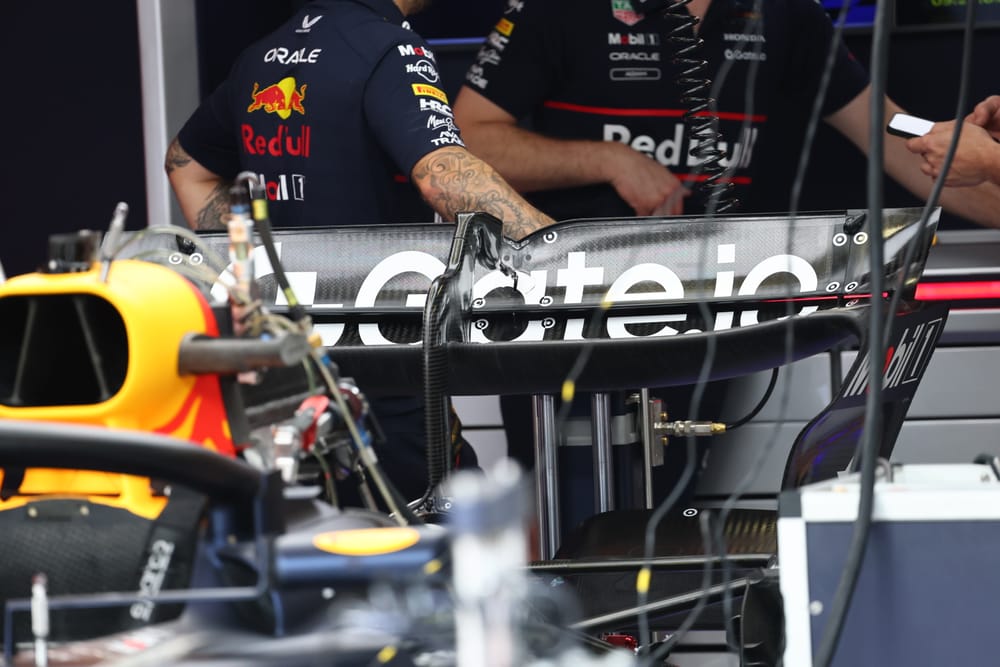The Monaco Grand Prix is a one-off on the Formula 1 calendar, even amid the proliferation of street circuits in recent years.
The set-up required differs from all other tracks, as mechanically you need the car to be fairly compliant in an attempt to keep all four wheels on the track surface for as much time as possible, while you also require the car to perform at higher ride heights. Neither of these requirements are optimal for ground effect cars. And on top of all that you also need as much overall downforce as you can muster.
You can get away with running a less efficient rear wing in Monaco owing to the relative lack of straights, but in terms of balance you need a positive front end. You can’t live with too much understeer around Monaco as it makes it difficult to place the car with any confidence, so that means you can only carry as much rear wing as does not overpower the front end. On top of that you need rear end stability under braking and good traction under acceleration.
The teams will use a higher downforce and with that higher drag rear wing than anywhere else. Ferrari will use last year’s wing assembly - not as an emergency measure given recent problems but simply because last year’s high-downforce rear wing still does the job - and will probably not be the only team doing that as development time for this one-off assembly would have a negative effect on the development time for the other 23 races over season.
So let’s take a look at how the top four teams have configured their rear wings.
McLaren
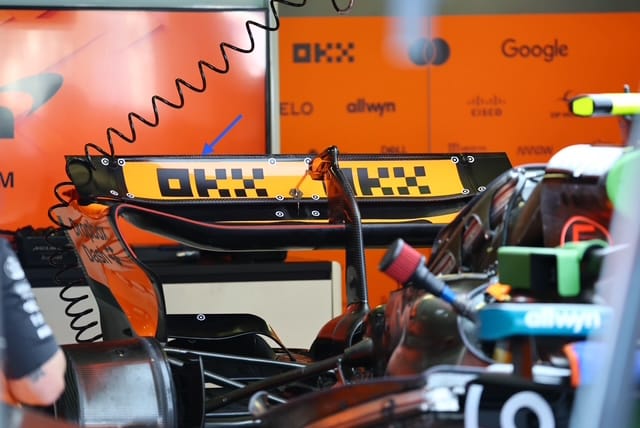
So far this year, McLaren has run a fairly v-shaped rear wing. The centre section of the mainplane would be as low as the regulations allow. For this higher downforce assembly that v-shape has simply widened. This is highlighted with the red line on the stagnation point of the leading edge.
The main plane is a reasonable longitudinal banana shape - hope they haven’t slipped up there (joke) - and this increases the distance the air has to travel on the underside from the stagnation point to the trailing edge of the flap which means it travels faster and as long as it doesn’t stall it will generate more downforce.
McLaren still has the reduced camber end treatment where it joins the endplates as that is the most inefficient section of the rear wing. Also, the blue arrow highlights a gurney flap along the trailing edge of the rear flap.
The stagnation point is where the airflow separates and either goes over the top or bottom surface of the wing.
Mercedes
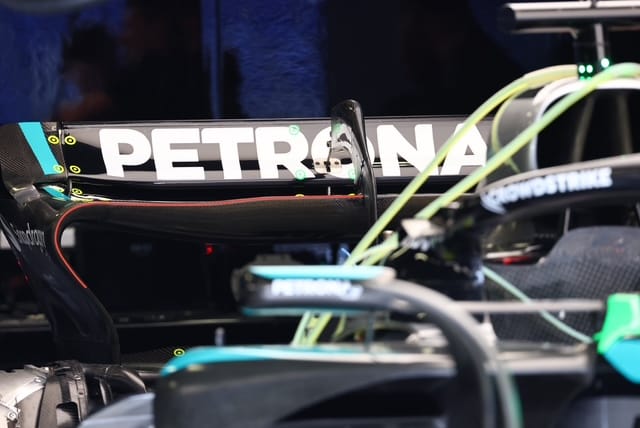
The Mercedes rear wing uses up more or less the maximum section height allowable. It has a slightly more raised leading edge section in the middle, creating more of a banana shape in that area.
That leading edge drops slightly as the deeper section continues outwards, reducing that banana shape, which again is highlighted with the red line.
It then connects to the rear wing endplates with a much larger fillet radius, but with less of a reduction in section than McLaren. That means probably a similar outcome as far as overall efficiency is concerned.
Red Bull
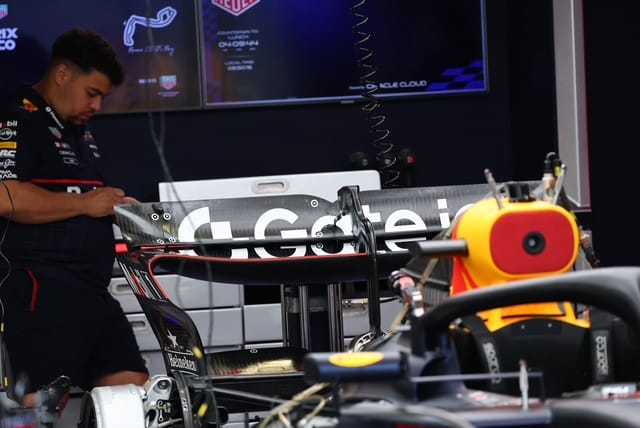
Like McLaren, Red Bull has a fairly uniform leading edge highlighted with the red line. This also has a very deep banana-shaped profile.
This banana shape should give more low speed downforce than a more conventional flatter wing profile. It is also more aligned with the airflow coming over the forward section of the engine cover and sidepods.
Again, there’s a similar intersection as McLaren from the wing elements to the endplates. There’s no gurney flap fitted yet, but I’m pretty sure it will be there before the car hits the track.
Ferrari
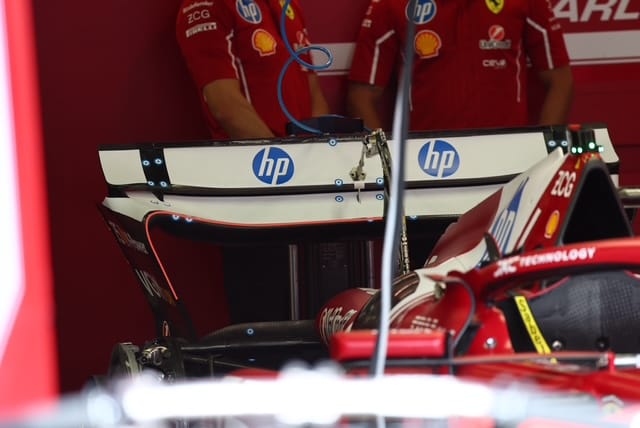
This is Ferrari's 2024 Monaco rear wing version, and given Charles Leclerc won from pole position last year there wasn’t much wrong with it.
It is sometimes very difficult even for a top team to justify the development time - especially considering the cost cap - for a new package for a one-off race. When you consider that you would need new tooling, moulds and probably six assemblies before you head off to Monaco, that means a considerable outlay.
Also, there’s the benefit of using something that is known in that you don’t have to worry about it suffering from flow separation.
Ferrari has a little less of a banana shape and you could say overall a more conventional wing design.
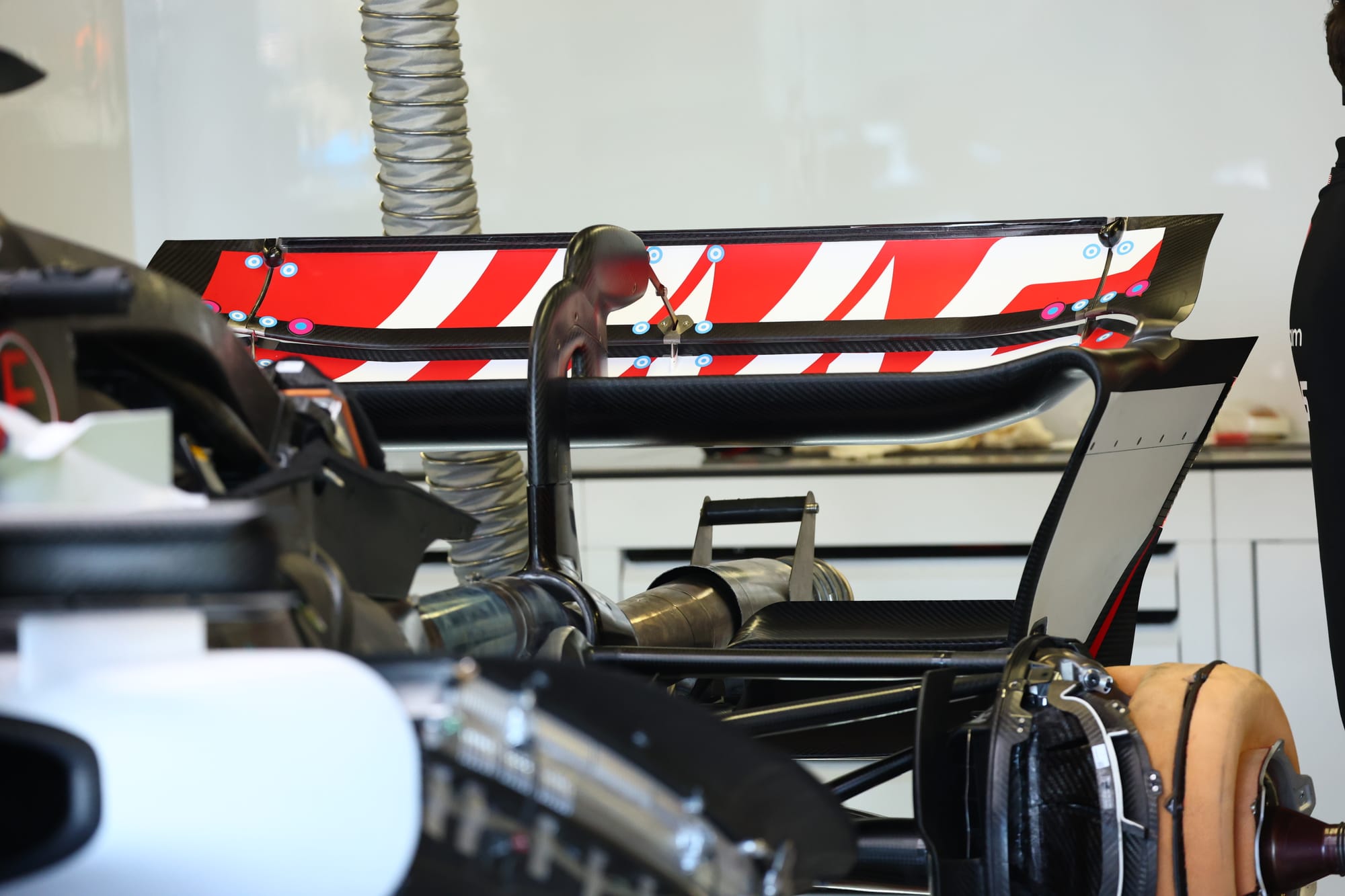
Interestingly, one of the teams that has got a brand new Monaco-spec rear wing is Ferrari technical partner Haas. That’s because its car has made a step forward from last year, and as part of that development programme the team probably realised it could make a further step from the additional downforce generated from a new rear wing.
Achieving the balance I was talking about earlier is all about getting enough front wing downforce to match that extra rear wing downforce. That is normally the difficult part, especially as you must do so without compromising the airflow to the underfloor.
Overall, I would say there is no hidden magic to any of these rear wing designs.
Gary's take on Monaco strategy
As we know, qualifying is everything in Monaco and last year the top 10 in qualifying finished the race in exactly the same positions. It will be interesting to see how this year pans out with the introduction of a compulsory two stop race.
If it was me trying to come up with something to spice things up for Monaco, I would have made it compulsory to use all three compounds with a minimum running distance of 10% (rounded upwards to eight laps) of the race on each compound.
If there is a red flag then, you can still change tyres in case you have a puncture from debris, but only onto the same compound, actually that is what I would make the norm from here on in.


